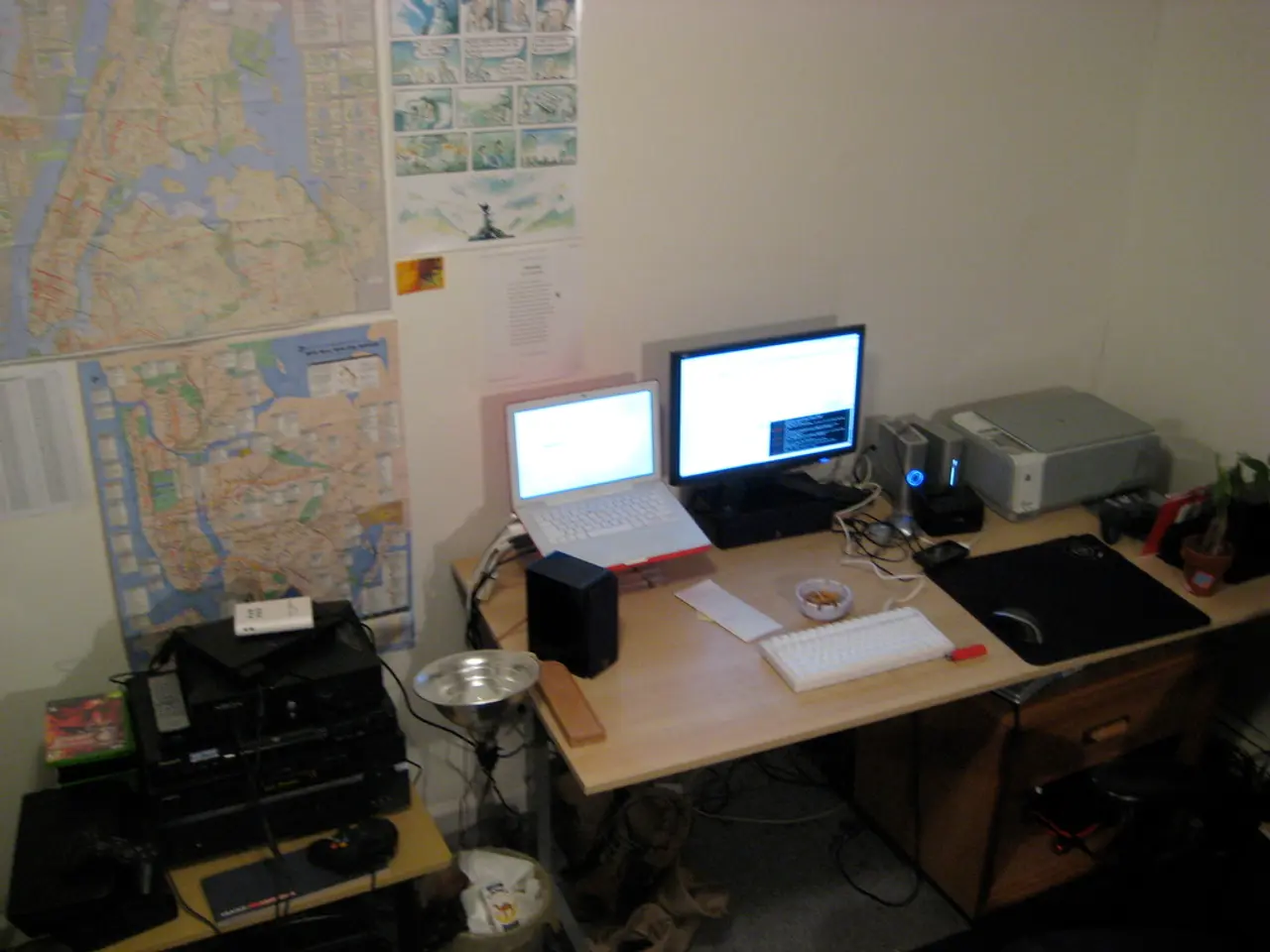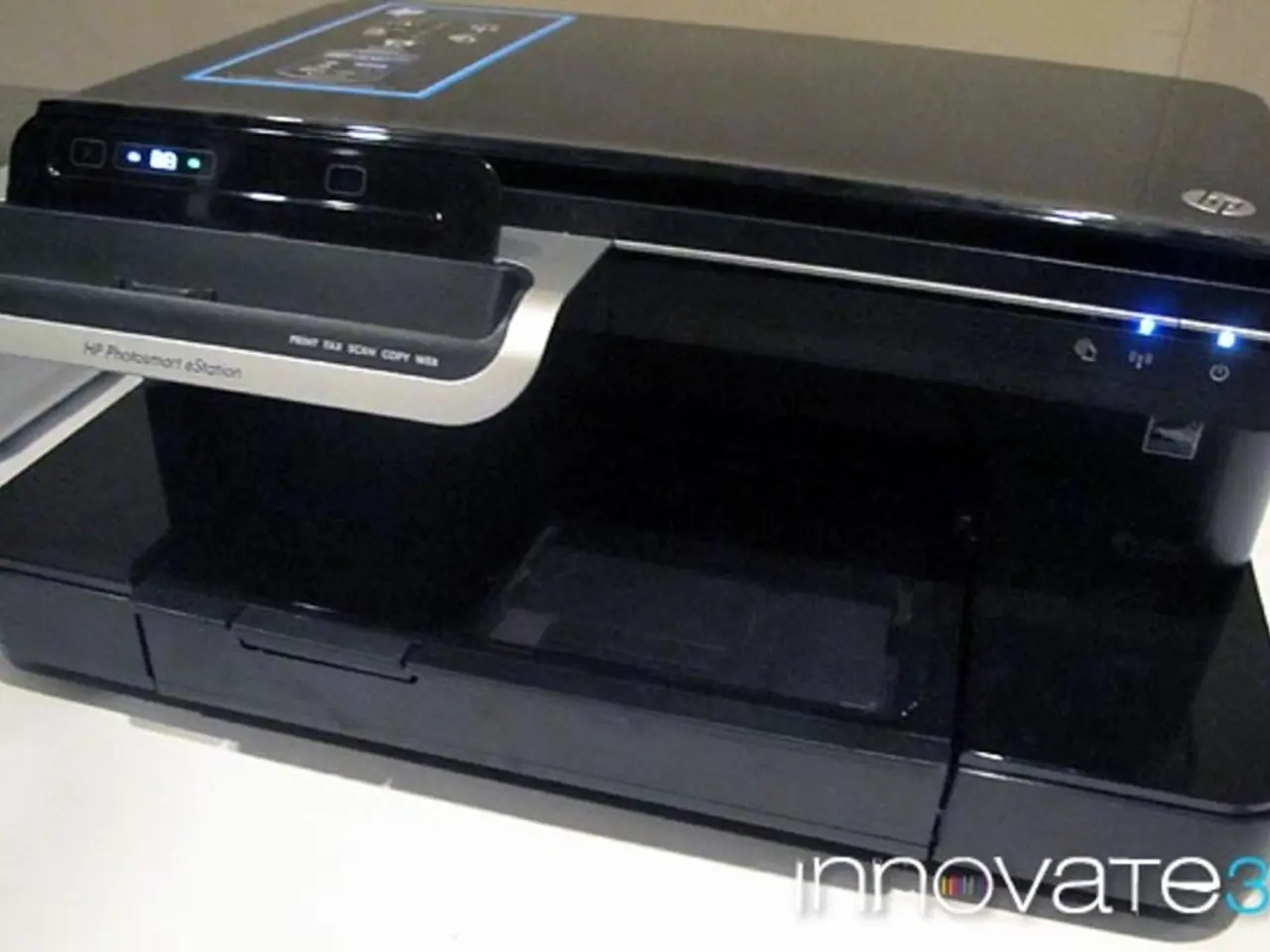Assessing Impedance, Dielectric Constant, Velocity Factor, and L engths of Printed Circuit Boards, Cables, and Interconnects
A new low-cost TDR/TDT (Time Domain Reflectometry/Transmission) measurement system is making waves in the electronics industry, offering a cost-effective solution for testing PCBs, cables, and interconnects. This system works by sending a fast electrical pulse down the device under test (DUT) and monitoring the reflected signals over time.
How it Works
The system launches a narrow, fast-rise-time step or impulse signal into the PCB trace, cable, or interconnect. Any impedance mismatches cause reflections, which are captured by an oscilloscope or sampling device, providing a time-domain profile of the impedance variation.
Impedance Measurement
The amplitude and shape of the reflected signal correspond to impedance at each point. Comparing incident and reflected waves allows calculation of the characteristic impedance of PCB traces or cables, verifying controlled impedance designs (often targeting 50 Ω or 90 Ω).
Dielectric Constant (Dk) and Velocity Factor (V)
Measuring the propagation time of the signal along a known physical length allows calculation of the velocity factor, the ratio of signal speed to light speed in vacuum. Since velocity factor depends on the dielectric material, Dk can be inferred from velocity factor using the relationship V = 1/√(Dk). Thus, TDR can estimate Dk by timing the reflections and comparing them with physical lengths.
Cable Length Measurement
The time between the initial pulse and reflection from the cable end corresponds to twice the signal transit time along the cable. Knowing signal velocity (from velocity factor), the system can compute cable length with high precision.
Applications
This approach is commonly used for validating PCB controlled impedance after fabrication, verifying impedance uniformity across panel test coupons, measuring cable and interconnect impedance and physical length, and extracting dielectric properties of PCB laminates or cable insulations.
The Picotest J2151A: A Pocket-Sized Solution
One example of a low-cost TDR/TDT system is PerfectPulse®, from Picotest, a pocket-sized pulse generator (J2151A). This compact device can be used to measure PCB test coupons impedance, test cables and bad crimps, trace length, dielectric constants (D), velocity factor (V), and length.
Using the Picotest J2151A
The J2151A can be connected to a port splitter, which is then connected to an oscilloscope. A coaxial cable or probe is connected to the TDR port of the splitter. The impedance of the device under test can be calculated using the equation Z = (V^2 * R)/R', where V is the voltage received in the oscilloscope (-500 mV), R is the generator output impedance (50 ohms), and R' is the impedance of the DUT.
The TDR source generates a fast-edge signal, which is split into two equal magnitude signals. One signal is used by the oscilloscope to monitor the reflection signal, and the other signal is delivered to the transmission line. In a single-ended TDR measurement, the high-speed edge travels from the beginning of the transmission line to the end of the transmission line and then reflects to the instrument where it is measured.
The velocity factor is directly related to the permittivity of the transmission line and can be used to calculate the dielectric constant (Dk) of the transmission line or PCB. The flattest portion of the impedance signal should be measured, typically between 50% and 75% of the trace/cable length. The length of a transmission line can be measured using the equation L = (V * t)/2, where V is the velocity factor, t is the round trip time, and L is the length of the transmission line.
No calibration is required for the measurement of dielectric constant. The dielectric constant (D) can be determined from the round trip time and a known value of length. High quality cables and probes should be used for accurate measurements. RF adapters, if required, should be calibration quality adapters. The oscilloscope trigger slope should be set to the falling edge and placed close to the left side of the screen.
In summary, these low-cost TDR/TDT systems offer an affordable and effective solution for characterizing high-speed PCB and cable electrical properties. By measuring reflections of a fast electrical pulse in the time domain, they can obtain impedance profiles, dielectric constants, velocity factors, and cable lengths through timing and amplitude analysis of reflected signals from the device under test.
The Picotest J2151A, a pocket-sized TDR/TDT system, can be used to calculate the impedance of a device under test using the equation Z = (V^2 * R)/R', where V is the voltage received in the oscilloscope (-500 mV), R is the generator output impedance (50 ohms), and R' is the impedance of the DUT. This system provides a time-domain profile of the impedance variation, allowing the establishment of controlled impedance designs in the field of science and technology. Moreover, measuring the propagation time of the signal along a known physical length enables the calculation of the velocity factor and the estimation of dielectric properties such as dielectric constant (Dk) using the relationship V = 1/√(Dk). These measurements can be used in data-and-cloud-computing applications for testing PCBs, cables, and interconnects, following the trends in the electronics industry.




